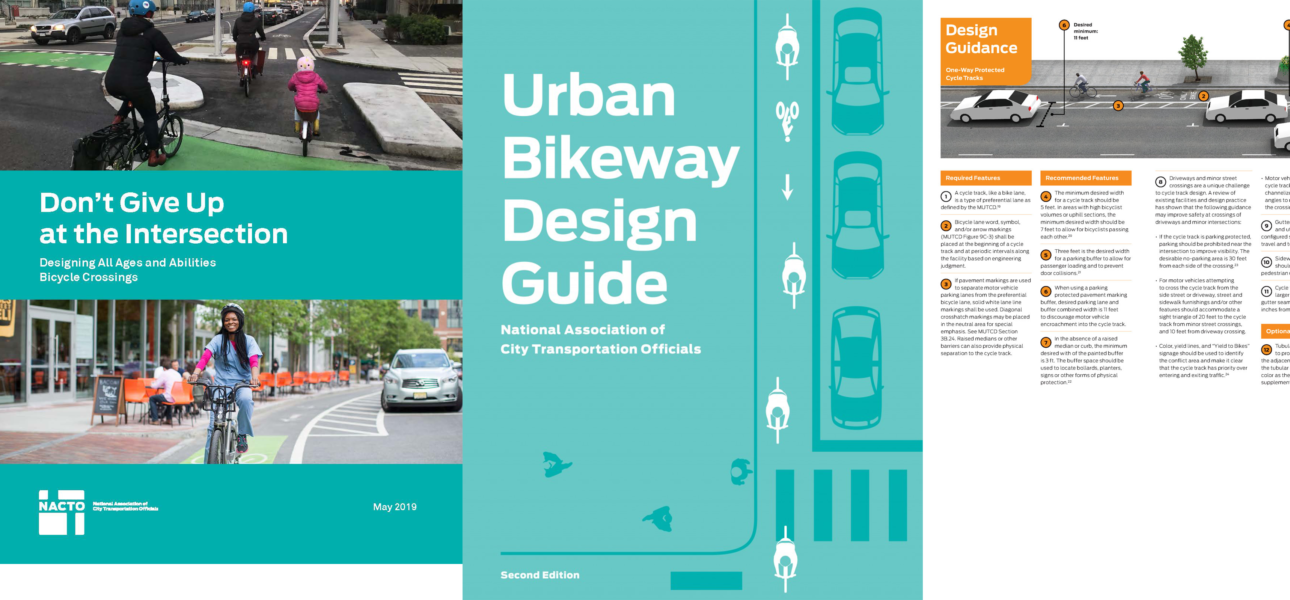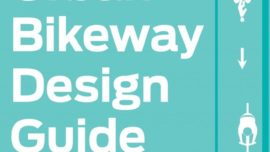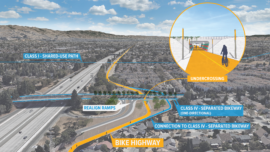Leading the charge in urban mobility innovation, Alta has significantly influenced the NACTO Urban Bikeway Design Guide, transforming how cities worldwide design safer and more accessible streets for cyclists and micromobility users.
Alta has been at the forefront of redefining urban mobility by contributing to the evolution of the NACTO Urban Bikeway Design Guide, shaping the way cities worldwide design streets for people on bikes and other small vehicles.
This guide, developed through a collaboration between Alta, NACTO member cities, and international bikeway design experts, provides state-of-the-practice solutions to make biking safer and more accessible. First introduced to offer guidance on on-street bikeway treatments, the guide has evolved over the years to address new challenges and opportunities in urban design.
In 2019, the guide expanded with Don’t Give Up at the Intersection, bringing a laser focus to intersection design—a crucial area for preventing vehicle-bike and vehicle-pedestrian conflicts. Alta’s early research on protected intersections, published in a 2015 white paper, served as a foundation for this effort, with Alta staff playing a key role in editing and shaping the content.
As micromobility—think e-scooters, e-bikes, and other powered devices—began changing how people move in cities, Alta collaborated with NACTO again in 2022 on the Designing for Small Things with Wheels Working Paper. This update ensures that bikeway designs keep pace with emerging technologies and reflects direct feedback from a working group of NACTO member city leaders.
Further expanding its impact, Alta contributed to Shared Micromobility Permitting, Process, and Participation, a working paper that guides cities on creating equitable, well-managed micromobility systems. This paper offers tactics for fostering collaboration between public and private partners, investing in bike infrastructure, and experimenting with low-speed vehicle zones.
Through these efforts, Alta continues to push the boundaries of urban mobility design, equipping cities with the tools they need to prioritize safety, inclusivity, and sustainability in the rapidly evolving transportation landscape





